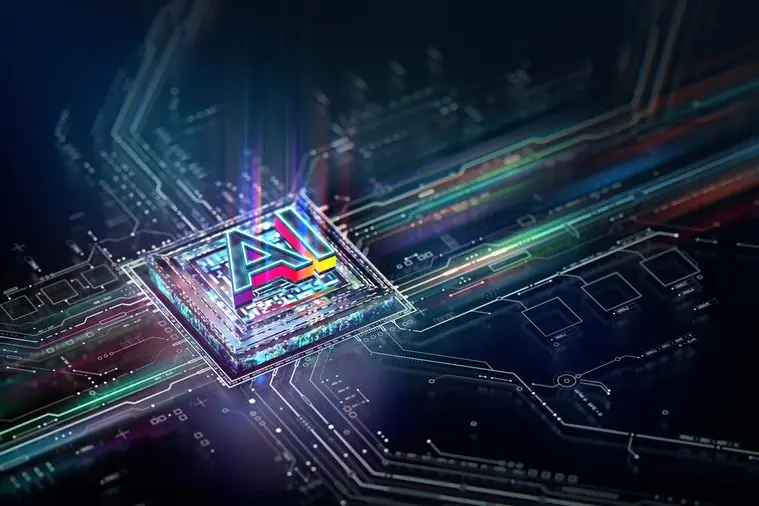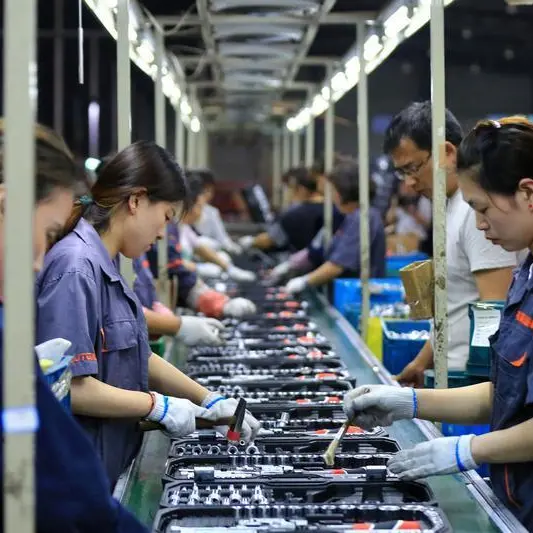PHOTO
During the past 15 years there has been what is now known as a technological revolution in the field of artificial intelligence (AI). This digital revolution has been dramatic. Tasks that were long performed by human beings were suddenly being taken over by machines. For example, activities such as bookkeeping, filing and accounting and much of consumer banking were being partially or even sometimes, completely automated.
The impact has been likened to the first Industrial Revolution when human beings stopped digging trenches, replaced by steam shovels. However, there were many kinds of tasks which could not be automated and the effect of the digital revolution was still limited.
The technological revolution has had little effect on knowledge and creative industries such as medicine, law, advertising and consulting. In these areas, the value of these professions comes from specific expertise and the performance of non-routine tasks. The AI technological revolution has broken these limitations. AI researchers have shown that digital machines can do much more. Advances in machine learning and pattern recognition have led to many human activities being replicated without the need for codification and pattern recognition.
Researchers have made amazing advances in machine learning. For example, in the past, many AI innovations were tailored to specific functions. The new AI has become more of a general purpose technology.
This AI technological revolution has now brought us to the beginning of an AI economic revolution. It has features that suggest that potential economic impact could be unusually revolutionary. One example is its exceptional versatility. It now has the capacity to respond to prompts in many different areas, from poetry to science to law and to detect different domains and shift from one to another without needing explicit direction.
AI experts are now creating applications for a huge diversity of sectors and professional disciplines. These Large Language Models (LLMs) are also very accessible because they are designed to respond to ordinary language. They can be easily used even by non-specialists who lack technical skills. All that is needed is a little practice.
In June 2023 alone, the ChatGPT website was visited by 1.6 billion users. This is a clear indication of its very easy usage and the great interest in this technology. I have actually witnessed ordinary office workers learning how to use ChatGPT for complex topics. Other examples are the use of the same technology for spreadsheets and email and using AI to improve and expand the operation of this system.
Last April 2023, there was a study made by Danielle Li, Lindsay Raymond and Erick Brynjolfsson on the impact of an AI digital assistant for customer service representative in the tech sector. The AI assistant had been trained on a large collection of audio recordings of interactions between agents and customers, along with performance matrix for these interactions: Was the problem solved? How long did it take to solve it? Was the customer happy with the result? The AI assistant was then made available to some agents and not others.
There were two important results from the study. The first was that productivity with the group with the AI assistant was on the average 14 percent higher. The second was that the improvement was much higher for relatively inexperienced agents. In effect, the AI assistant was able to close the gap in performance between the new and the veteran agents. It shows that AI has the potential for accelerating on-the-job training.
Another study showed that doctors spend around a third of their time writing up reports and decisions made. An AI system could reduce that time by about 80 percent. There are two possible effects of this forthcoming AI economic revolution.
The first is that this increase in productivity could free up human labor for the most advanced tasks and allow for more rapid innovation. The other possible outcome is that AI could achieve wholesale automation of many sectors and lead to large scale job losses.
The most probable effect, however, is that it will change the way almost all work is performed. People will have to learn new skills to do their job in collaboration with AI machines.
The areas in the economy that will be affected are not limited to those related to facts and accuracy. AI has begun to invade the creative sectors too. Fashion designers have asked AI to generate new clothing prototypes. AI has also been used to generate music, write poems, make art and even draft the outlines of novels. It is not too impossible that soon, AI can even write entire novels. The concern for some is that AI could eventually replace the artist.
Every society must develop policies to ensure that AI complements, rather than replaces, human labor.
Another crucial priority is to find ways and means to spread the utilization of AI technology throughout the whole society so that it does not become the monopoly of a few. For example, small and medium-size firms should have the resources and the education to use AI so they are not rendered obsolete.
There is also the possibility that the adoption of AI technology will be faster in certain countries. The Philippines must make sure that it is not left behind or it will be doomed to remain a Third World economy in the new AI economic revolution.
Copyright © 2022 PhilSTAR Daily, Inc Provided by SyndiGate Media Inc. (Syndigate.info).























